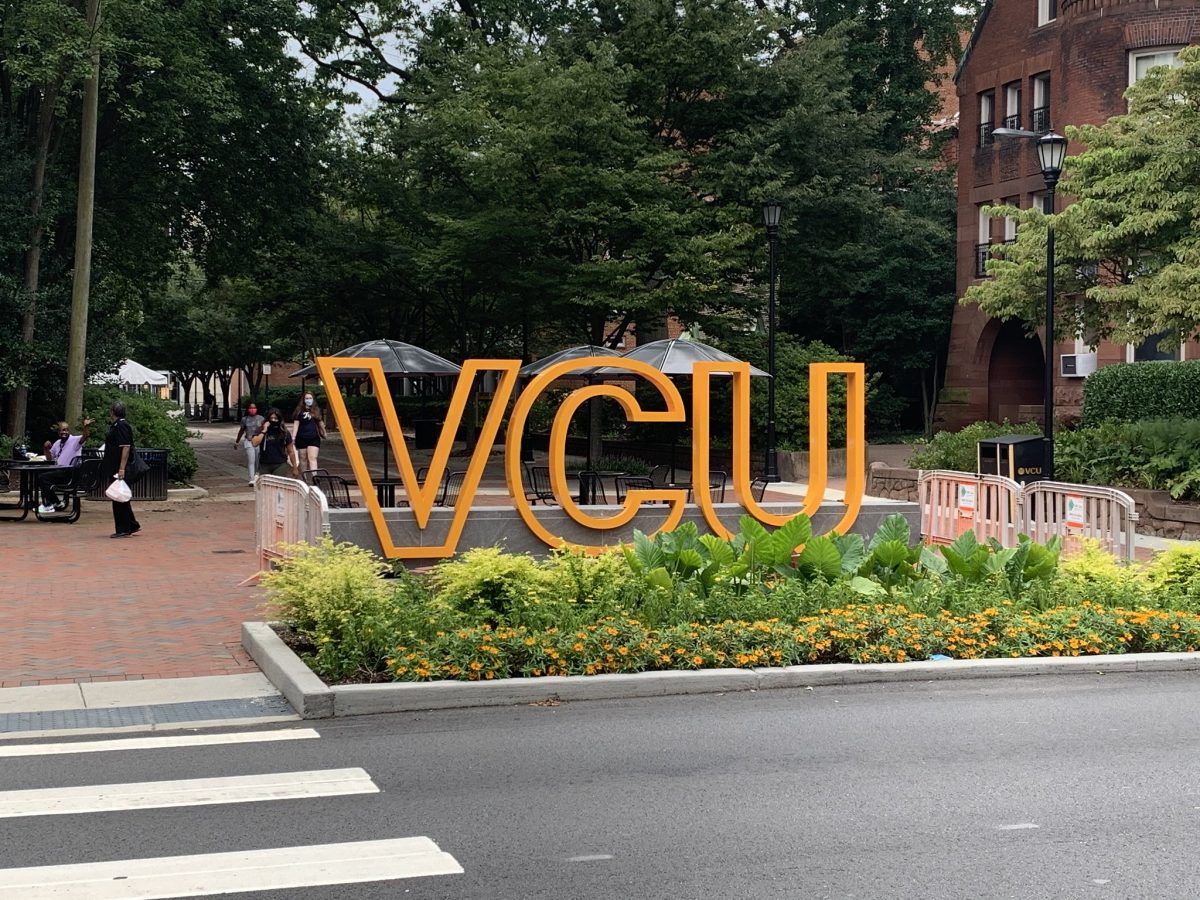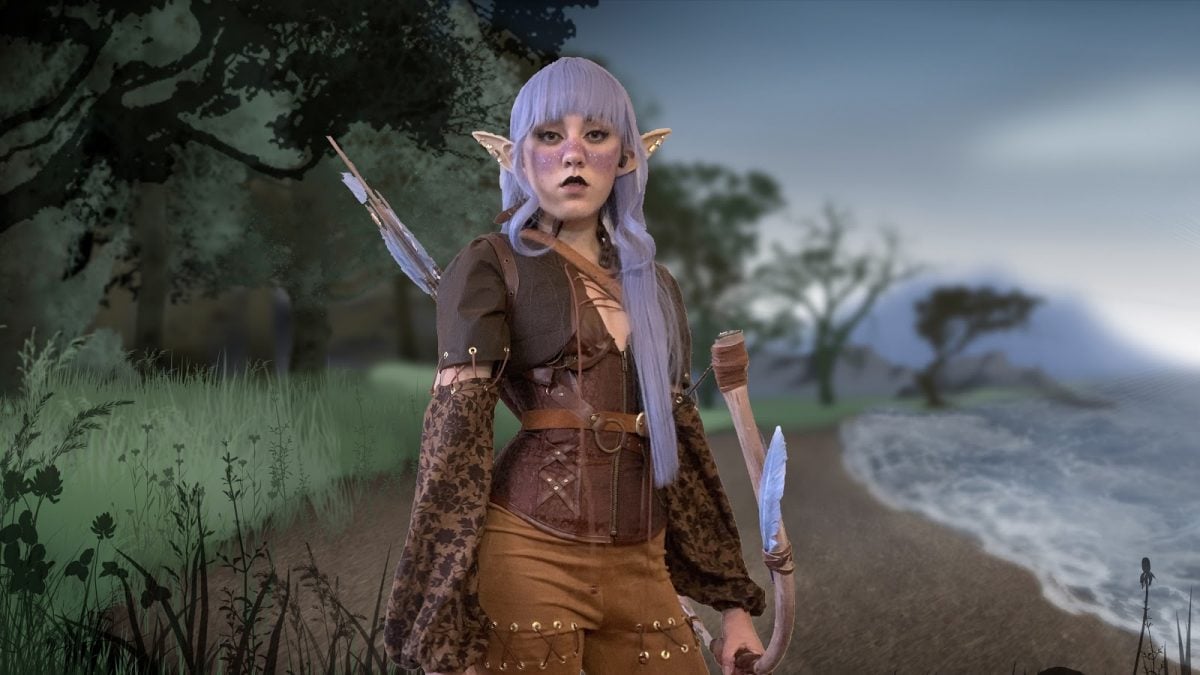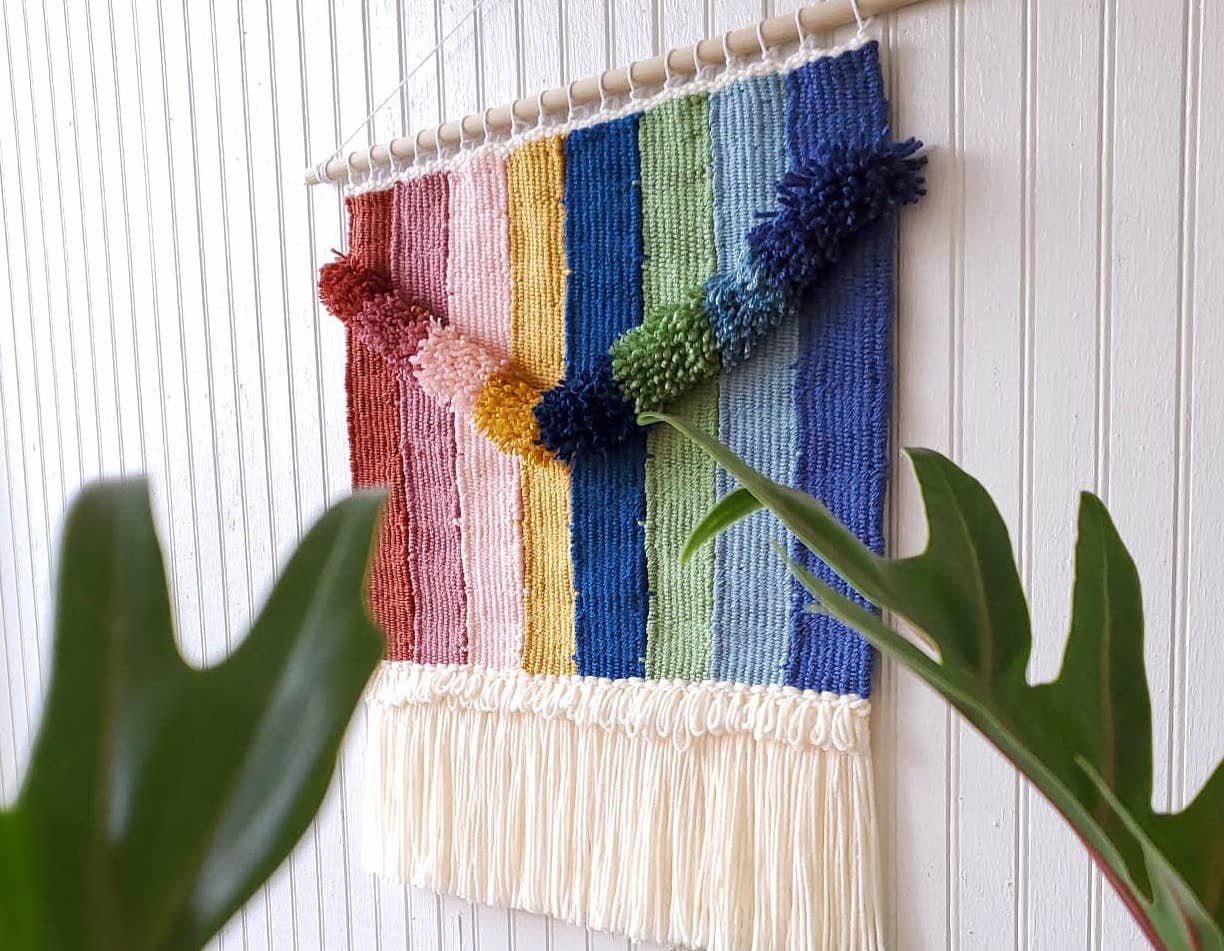On September 4th, 2022, beloved artist and Richmond local Wes Freed passed away from colorectal cancer. In honor of his memory, members of the community who knew and loved him are trying to establish a memorial fund in his name with the goal of giving scholarships to...





